How will artificial intelligence impact the NFT art world?
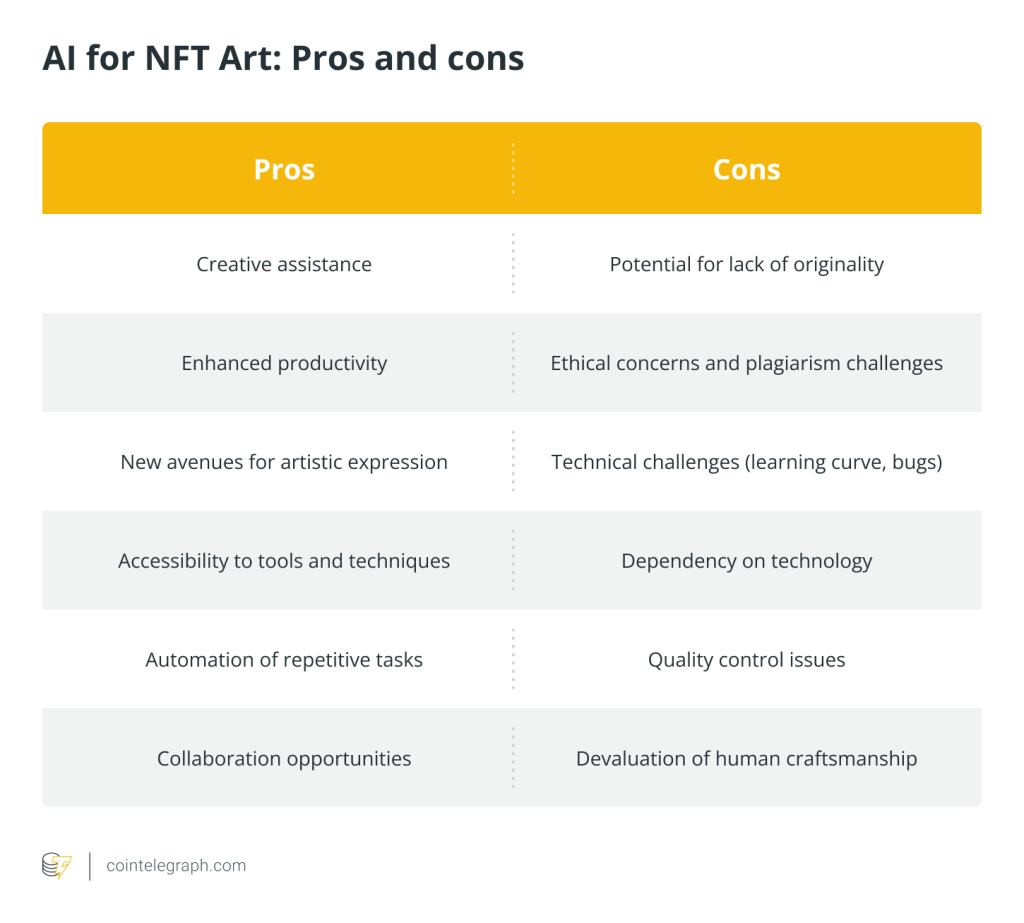

Artificial intelligence’s (AI) transformative influence spans various industries, and when merged with crypto art, it ushers in a new era of creativity, redefining the roles of artists, collectors and technology. This fusion allows for unparalleled innovation, empowering creators to explore boundless possibilities within the nonfungible token (NFT) domain.
The convergence of AI and NFTs not only pushes artistic borders but also prompts discussions on ethics, authorship, creativity and authenticity in AI-generated art. This article delves deeper into the multifaceted impact of AI on the NFT art ecosystem, exploring its potential to revolutionize the future of art.
NFT art evolution
The ongoing transformation of the NFT universe represents an impressive journey within the digital creative landscape: NFTs have evolved far beyond their initial role as digital collectibles, morphing into a versatile medium through which artists can not only establish their unique digital identities but also monetize their creations in innovative ways.
Artists are no longer confined to traditional online galleries or the limitations of physical art, as NFTs enable them to showcase their work on a global stage, bypassing intermediaries and connecting directly with their audience.
This evolution has also brought forth new paradigms in ownership and provenance. Due to blockchain technology, artists can now embed their artistic legacy into the very fabric of their creations, ensuring that their work remains immutable and traceable throughout their lifetime.
The role of AI in the art ecosystem
AI represents the field of computer science dedicated to creating systems that can mimic human intelligence, performing tasks like visual perception, speech recognition, decision-making and, of course, creative endeavors. Based on machine learning (ML) algorithms and neural networks, AI allows machines to learn from data and enhance their capabilities progressively.
The roots of algorithmic art trace back to the 1960s, with the inaugural generative art exhibition, “Computer Graphik,” orchestrated by Georg Nees in Germany in 1965. Although generative art is far from new and has long been a part of the artistic landscape, its synergy with NFTs has injected fresh vigor into this art form.
In the 2020s, the NFT space was rapidly expanding beyond static images to encompass interactive and generative art, pushing the boundaries of digital art and making NFT marketplaces dynamic hubs for artistic exploration.
What is AI-generated NFT art?
AI-generated NFT art is a relatively new genre. It encompasses digital art crafted through generative adversarial networks, or GANs, AI algorithms capable of analyzing extensive data sets, learning and combining various artistic elements such as color palettes, shapes and textures.
While AI has the potential to disrupt traditional art creation processes by automating certain steps of artistic production, the NFT aspect of AI-generated artworks offers a means of authentication through blockchain, making it possible to confirm the uniqueness and ownership of AI art creations. AI-generated NFT art can manifest in diverse formats, ranging from static images to animations and even interactive NFTs that respond dynamically to user input.
AI in NFT art: Pros and cons, explained
AI’s integration into digital art, at the crossroads of technology and creativity, presents a mix of advantages and disadvantages. On the positive side, AI offers creative assistance, enhancing productivity and enabling creators to explore new artistic directions.
Access to AI tools and techniques democratizes art, making it more accessible, and automates repetitive tasks, saving valuable time. Collaboration opportunities arise as artists can leverage AI for innovative projects and broaden their artistic horizons.
However, there are drawbacks to consider. There are concerns about AI-generated NFT rarity and the risk of artworks lacking originality and becoming formulaic. Ethical concerns arise with questions about authorship and authenticity. Technical challenges such as the learning curve and potential bugs can frustrate artists.
Overreliance on technology and concerns about job displacement in the creative industry are also points of contention. Quality control can be an issue, and privacy concerns related to AI, such as data usage, need careful attention.

Blockchain and AI art: Examples
Could art created solely by AI find success in the NFT market? Absolutely. Let’s delve into a few captivating examples of AI-generated collectibles that demonstrate that AI can indeed complement and amplify human creativity, captivating audiences and NFT collectors in the process.
Notable ones include Larva Labs’ “Autoglyphs,” hailed as the first on-chain generative art NFT collection, boasting a remarkable $41 million in total sales. Tyler Hobbs’ “Fidenza” on the Art Block platform offers 999 unique NFTs characterized by colorful structured curves and blocks, with buyers discovering their artwork’s appearance only after the hash generates it, with prices starting at a substantial $102,000.
Ezra Miller’s “Solvency” introduces dynamic WebGL simulations into generative art NFTs, with each piece possessing unique traits, patterns and textures determined by seeded values generated by the token hash.
“Lost Poets” by Pak, launched in 2021, represents a generative art collection and strategy game crafted by AI. Pak, known for the record-breaking NFT artwork “The Merge,” valued at $91.8 million in 2021, achieved significant success with Lost Poets, amassing an initial sales volume of $70 million and marking a profound convergence of technology and artistic expression in the NFT art world.
AI-driven NFT marketplaces
Art Blocks stands at the forefront of AI-driven NFT marketplaces, offering collectors access to a diverse array of unique generative NFT artworks. Popular platforms such as OpenSea, LooksRare, KnownOrigin and others also provide avenues for NFT enthusiasts to explore generative art.
For those seeking to create and purchase generative art NFTs, Fxhash is an option, operating on the Tezos blockchain. AI artists and creators looking to sell their generative NFT art can utilize platforms such as OpenSea, Nifty Gateway, Rarible, Foundation, VIV3 and various others to reach a global audience of collectors.
How AI impacts NFT collectors
AI is having a profound impact on collectors, revolutionizing the way they engage with the world of NFT art and collectibles. One notable influence is the personalization of recommendations. AI algorithms analyze collectors’ preferences and past acquisitions to provide them with tailored suggestions, making the process of discovering new treasures more efficient and enjoyable.
Furthermore, AI offers collectors invaluable insights into the market. It provides access to trends, pricing data and historical auction results, enabling collectors to make well-informed decisions regarding the acquisition, retention or sale of their assets. In an ever-evolving digital landscape, AI serves as a curator, advisor and guardian, becoming an essential part of the collector’s journey and strengthening their connection with their cherished items.
The future: How will AI art impact artists and affect the art world?
AI technology has sparked a transformative wave in the art world, ushering in an era defined by boundless creativity and unprecedented accessibility. Through the power of algorithms, NFT artists are shattering traditional boundaries, conjuring fresh ideas, and experimenting with innovative styles. This digital revolution not only empowers artists on a global scale but also enables them to connect directly with audiences worldwide, bypassing the need for approval from traditional art market gatekeepers.
Yet AI’s rise also triggers thought-provoking debates. It challenges conventional notions of authorship, leaving us pondering who truly owns art when machines contribute significantly to its creation. As AI-generated art makes its way into auctions and NFT platforms, it’s clear that technology is reshaping the art market’s dynamics. The art world is at an intriguing crossroads, where AI fuels artistic expression, but it also raises profound ethical and existential questions about the very essence of artistry.
As AI becomes more entwined with the NFT art world, we stand at a pivotal juncture where the fusion of creativity and technology promises to reshape the very foundations of how we create, collect and value art in the digital era.
Written by Sasha Shilina

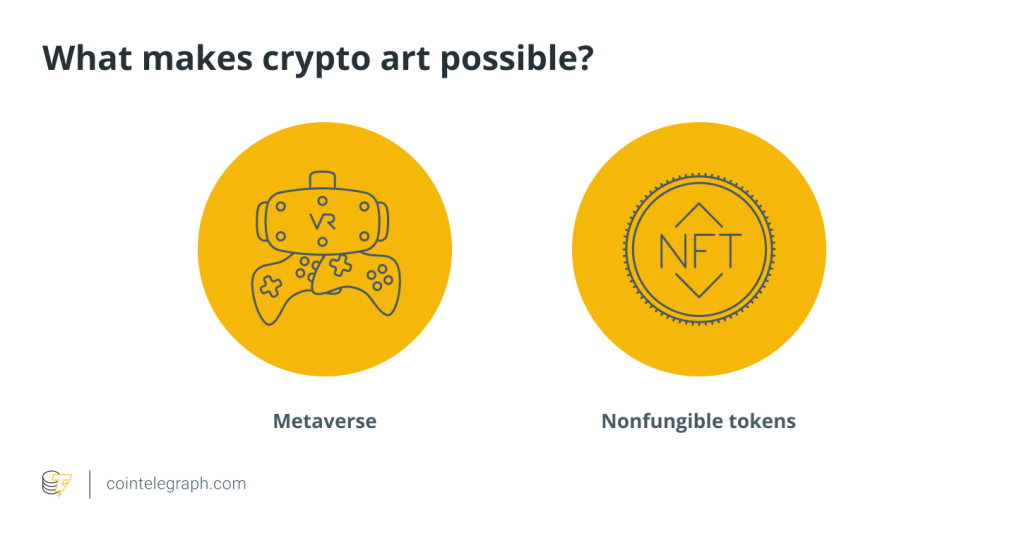
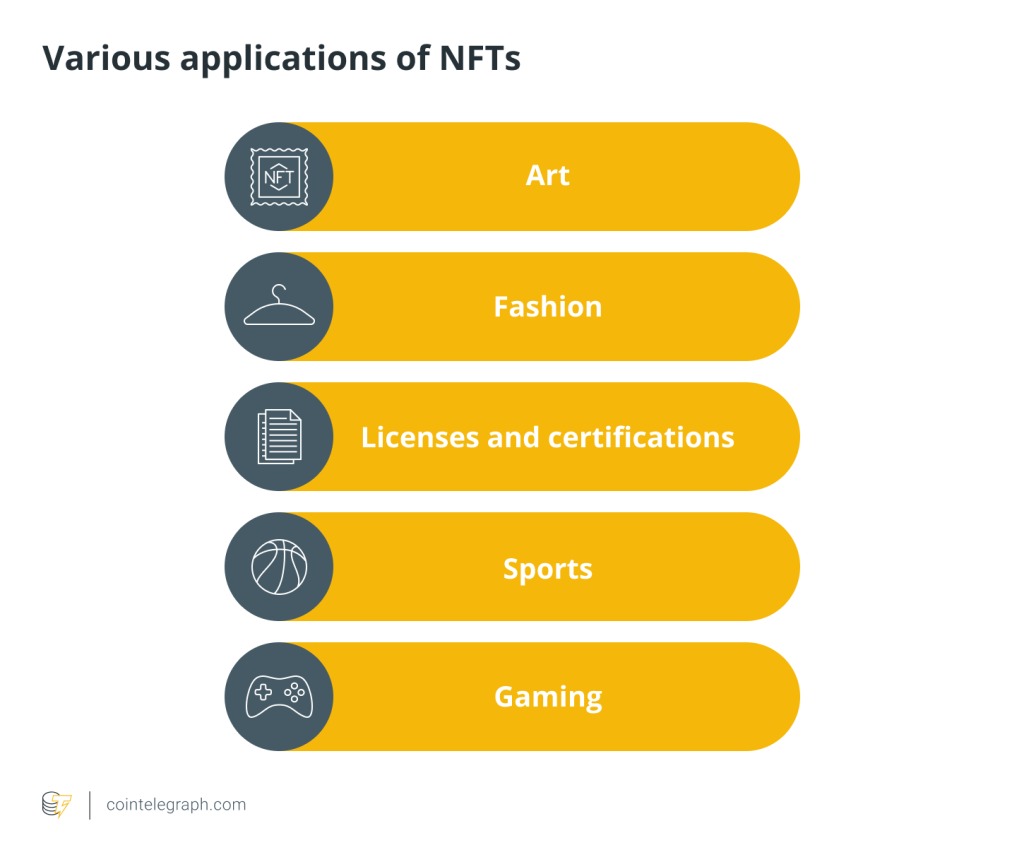
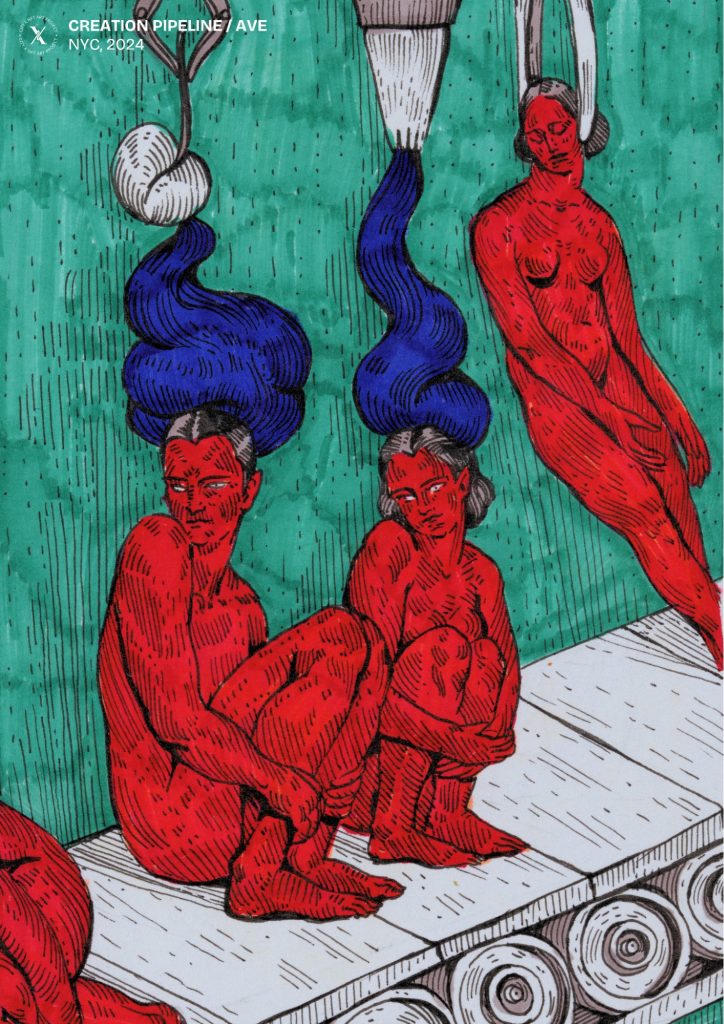
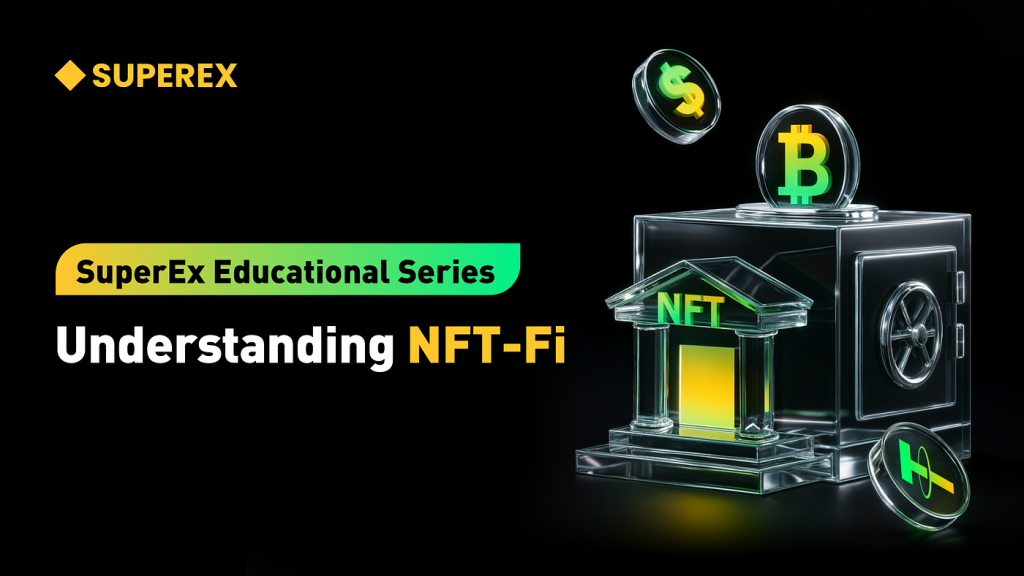
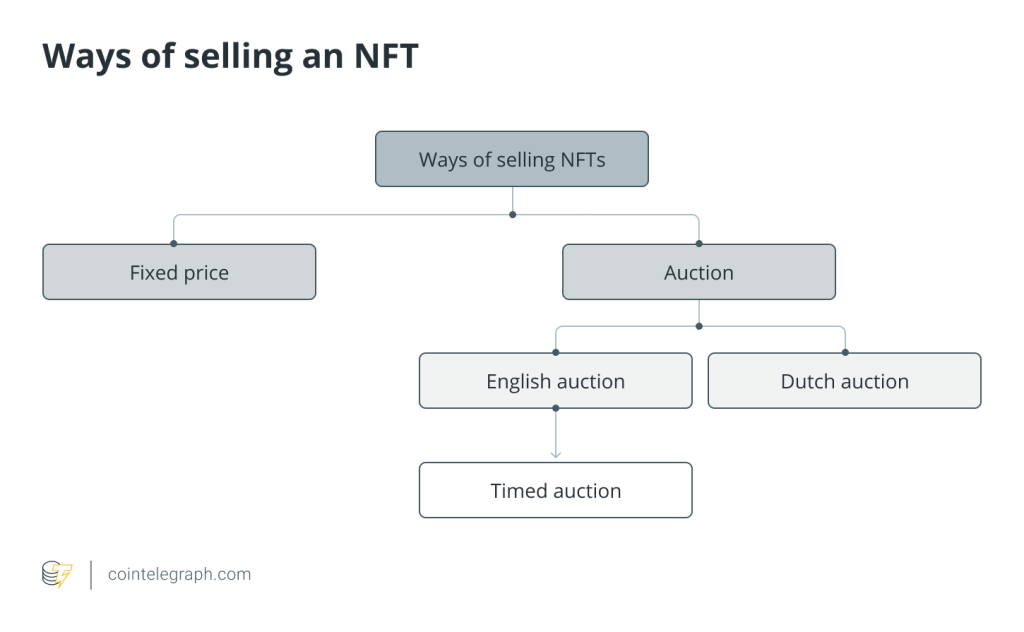
… [Trackback]
[…] Here you will find 98305 additional Information to that Topic: x.superex.com/academys/beginner/2204/ […]
… [Trackback]
[…] Find More Info here to that Topic: x.superex.com/academys/beginner/2204/ […]
… [Trackback]
[…] Info on that Topic: x.superex.com/academys/beginner/2204/ […]
… [Trackback]
[…] Read More on that Topic: x.superex.com/academys/beginner/2204/ […]
… [Trackback]
[…] Info to that Topic: x.superex.com/academys/beginner/2204/ […]
… [Trackback]
[…] There you will find 88955 more Information to that Topic: x.superex.com/academys/beginner/2204/ […]
… [Trackback]
[…] Info to that Topic: x.superex.com/academys/beginner/2204/ […]
… [Trackback]
[…] Read More Information here to that Topic: x.superex.com/academys/beginner/2204/ […]
… [Trackback]
[…] Read More to that Topic: x.superex.com/academys/beginner/2204/ […]
… [Trackback]
[…] Information to that Topic: x.superex.com/academys/beginner/2204/ […]
… [Trackback]
[…] Info on that Topic: x.superex.com/academys/beginner/2204/ […]
… [Trackback]
[…] Read More here to that Topic: x.superex.com/academys/beginner/2204/ […]
… [Trackback]
[…] Read More to that Topic: x.superex.com/academys/beginner/2204/ […]
… [Trackback]
[…] Read More on that Topic: x.superex.com/academys/beginner/2204/ […]
… [Trackback]
[…] Find More Information here to that Topic: x.superex.com/academys/beginner/2204/ […]
… [Trackback]
[…] Find More here on that Topic: x.superex.com/academys/beginner/2204/ […]
… [Trackback]
[…] Read More Info here on that Topic: x.superex.com/academys/beginner/2204/ […]
… [Trackback]
[…] Read More on on that Topic: x.superex.com/academys/beginner/2204/ […]
… [Trackback]
[…] Read More Information here on that Topic: x.superex.com/academys/beginner/2204/ […]
… [Trackback]
[…] Find More on that Topic: x.superex.com/academys/beginner/2204/ […]
… [Trackback]
[…] Here you can find 58964 more Info on that Topic: x.superex.com/academys/beginner/2204/ […]
… [Trackback]
[…] Find More to that Topic: x.superex.com/academys/beginner/2204/ […]
… [Trackback]
[…] Read More Information here on that Topic: x.superex.com/academys/beginner/2204/ […]
… [Trackback]
[…] There you can find 47073 more Info to that Topic: x.superex.com/academys/beginner/2204/ […]
… [Trackback]
[…] Find More Information here on that Topic: x.superex.com/academys/beginner/2204/ […]
… [Trackback]
[…] Read More to that Topic: x.superex.com/academys/beginner/2204/ […]
… [Trackback]
[…] Read More on that Topic: x.superex.com/academys/beginner/2204/ […]
… [Trackback]
[…] Read More to that Topic: x.superex.com/academys/beginner/2204/ […]
… [Trackback]
[…] Read More Info here to that Topic: x.superex.com/academys/beginner/2204/ […]
… [Trackback]
[…] Find More to that Topic: x.superex.com/academys/beginner/2204/ […]
… [Trackback]
[…] Read More on on that Topic: x.superex.com/academys/beginner/2204/ […]
… [Trackback]
[…] Info to that Topic: x.superex.com/academys/beginner/2204/ […]
… [Trackback]
[…] Read More to that Topic: x.superex.com/academys/beginner/2204/ […]